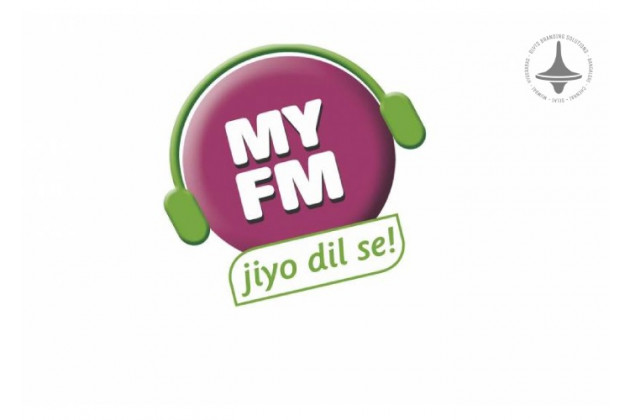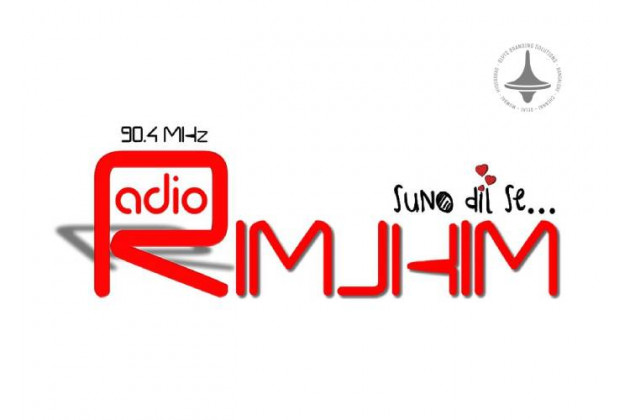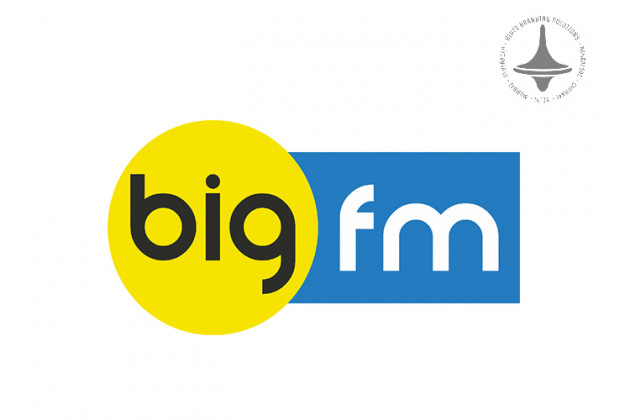Print Advertising | Still Relevant | Modern Marketing | Digitally

In an increasingly digital world, many marketers and business owners are questioning whether print advertising still holds value in 2025. While digital marketing strategies continue to dominate, print advertising remains relevant for various reasons. In this article, we'll explore the current landscape of print media, its benefits, and why it continues to be an essential part of a well-rounded marketing strategy.
The Evolution of Print Advertising
Print advertising has undergone significant transformations
over the past decade. Traditionally limited to newspapers, magazines,
brochures, and billboards, it now coexists with digital campaigns, often
complementing online efforts rather than replacing them. Despite the surge in
digital marketing, print advertising has maintained its unique charm and
impact.
The Enduring Appeal of Tangibility
One of the primary reasons print advertising is still
relevant is its tangible nature. Consumers appreciate holding a physical
product, whether it's a magazine, a direct mail piece, or a well-designed
flyer. This sensory experience creates a lasting impression, which purely
digital ads may lack.
Trust and Credibility
Print media continues to be perceived as more trustworthy
compared to digital ads. Research indicates that people often find print
advertisements more credible, as they are less intrusive and usually appear in
reputable publications. This perceived trustworthiness makes print a valuable
asset, especially for brands looking to establish authority and authenticity.
Targeted Reach and Niche Audiences
Although digital advertising allows for precise targeting,
print advertising excels in reaching specific demographics, especially within
local communities or niche markets. For instance, a regional magazine or
community newspaper can effectively reach a targeted audience that digital
algorithms might overlook.
Integration with Digital Campaigns
In 2025, the integration of print with digital campaigns has
become more sophisticated. QR codes, augmented reality (AR), and personalized
URLs have transformed static print ads into interactive experiences. These
technological advancements enable marketers to bridge the gap between print and
online engagement seamlessly.
The Sustainability Factor
A growing focus on sustainability has impacted print
advertising. Brands are now opting for eco-friendly printing methods and
recycled materials to appeal to environmentally conscious consumers. This shift
has helped print maintain relevance among audiences that value sustainability.
Conclusion
While digital advertising continues to thrive, print
advertising has proven its resilience and adaptability. By leveraging its
tactile appeal, credibility, and integration capabilities, print remains a
valuable part of the marketing mix in 2025. Rather than viewing print and
digital as competitors, marketers should consider them complementary tools
that, when combined, create powerful campaigns.
Elyts Advertising and Branding Solutions | www.elyts.in (India) | www.elyts.agency (UAE)






















Leave a Comment